50 years later, two Georgia Tech engineering alumni reflect on their experience in Apollo 13’s mission control

“Houston we’ve had a problem” – we all know those infamous words that were transmitted from the crew of Apollo 13 back to mission control at 02:07:55:35 into the flight that took off on April 11, 1970. The mission that was later called a “successful failure” had captured the attention of the entire world, as three astronauts were suddenly in a critical state of danger. Something had gone terribly wrong onboard the spacecraft and suddenly the mission objective quickly changed from landing on the moon for scientific exploration to finding a way to get these astronauts home safely to Earth.
There was much uncertainty. At approximately 56 hours into the mission on their way to the moon, the crew reported a “pretty large bang” after a routine stir of an oxygen tank followed by a caution/warning alarm. It seemed that the command service module was losing power and oxygen fast but there was no determined reason why. It was very clear though after monitoring the situation for a short time that the command service module was severely damaged and out of commission. Fortunately, the crew had already docked to the lunar module before the accident occurred so it was determined that the crew would have to move into the lunar module and use it as a lifeboat to get the majority of the way back home.
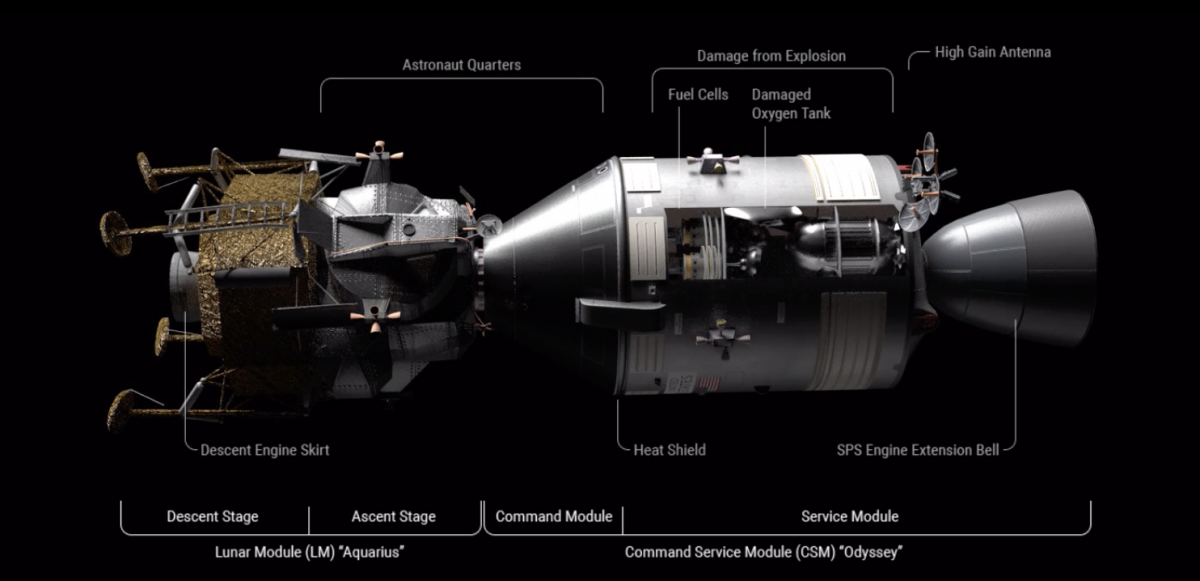
We recently talked to two flight controllers who were among the mission control team in Houston tasked with finding a way to get these astronauts home. Spencer Gardner graduated from Georgia Tech with an aerospace engineering degree in 1967 and joined NASA soon after. He was a Flight Activity Officer (FAO) for the Apollo missions which involved working on on-board flight plans, crew checklists, and being responsible for the data file that was carried on-board by the crew. Jack Knight graduated from Georgia Tech with an electrical engineering degree in 1965. He was a Telemetry, Electrical, EVA Mobility Unit (TELMU) officer on all of the Apollo missions and monitored the lunar module electrical and environmental systems.
Gardner: “I was supposed to work the lunar descent phase of the mission and I had gone off shift probably eight or 10 hours before the accident happened. I was sitting at home watching television when a report came out about an issue with the spacecraft. So, I called my backroom and asked what was going on, and the FAO on duty said, ‘We’re not going to land and you better get some sleep because you guys are going to have a hard time trying to re-work what’s going to happen.’ So, I immediately crawl into bed and about 30 minutes later I get a phone call that says, ‘This is much more serious, and you better get over here.’ Fortunately, I lived right across the street from the center and was able to join the meeting that Gene Kranz had in the backroom with all those folks he pulled together to try to work the problem.”
Knight: “For me the most stressful time is when you have a lot of uncertainty. And a lot of the uncertainty happened very early.”
Gardner: “The most stressful time for me was when I first walked into mission control and all that was going on and nobody really knew what the heck was happening for sure. But when you start working the problem and pull things together, it becomes less and less stressful because you’re now concentrating on the problem. We were trained to deal with that pressure and stress and concentrate on working the problem that was presented.”
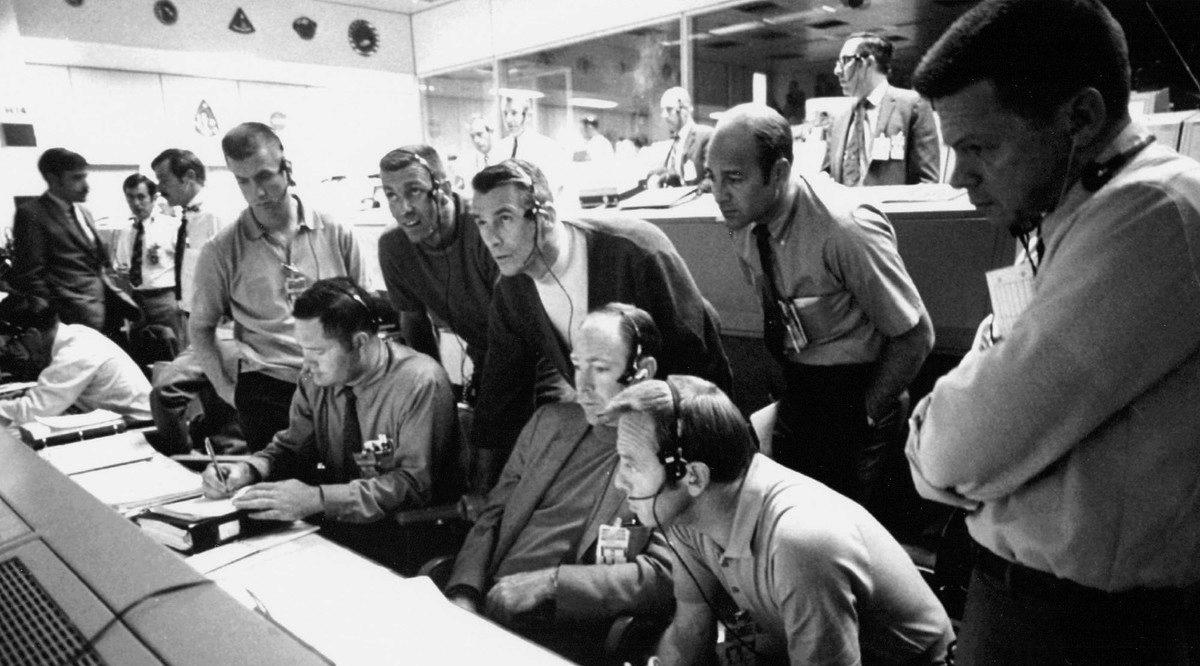
After flight director Gene Kranz gathered everyone together for a meeting, it was determined that the best option was to have the spacecraft continue its journey to orbit the moon, then make a free-return trajectory back to earth minimizing the use of power onboard. A propulsion burn would be needed though on the way back to speed the return to Earth by 10 hours in order to splash down in the Pacific Ocean rather than the Indian Ocean.
Jack Knight was scheduled to work his post at mission control once the lunar module was powered up and being used for the lunar landing, however, circumstances had drastically changed. The lunar module would now be the living quarters and control center of the spacecraft for most of the remainder of the mission. The crew had to work fast to transfer guidance data from the command module to the lunar module and shut down the command module to leave enough power for reentry to Earth later.
Knight: “We had two basic problems in my systems area with respect to the lunar module. The first problem was carbon dioxide removal. The second problem was how long was it going to take because we had limited battery power and water inside the lunar module. Early on until we got around the moon, the flight directors really needed to keep the lunar module at a fairly high-power mode to maintain the knowledge of where we were in space because the command service module was down at that point. The crew had copied all the data over when the lunar module was powered up and it had to stay that way for a while. Once we got around the moon and made a burn to speed things up, we went into a power down. We got power down to about 300 watts, and at that point, consumable wise, they could make it. So, if nothing else bad happened from the lunar module perspective, we could make it. And then it was a matter of monitoring.”
Gardner: “One of the things that my group was concerned with was helping guidance have the ability to sight on the stars. The crew used the sun in this whole process. We had to figure out where we were and confirm what the guidance system was saying. The other thing that we were involved in was trying to set up the passive thermal control which was important because we wanted to make sure the spacecraft didn’t get heated or cooled too much on one side. This was very difficult to do with a minimal amount of energy expenditure and without a computer after the power down.”
Knight: “After the power down, the spacecraft started to get cold. The command module batteries had been partially depleted, so we were very nervous about when we had to power back up. They had to delay power up as much as possible.”
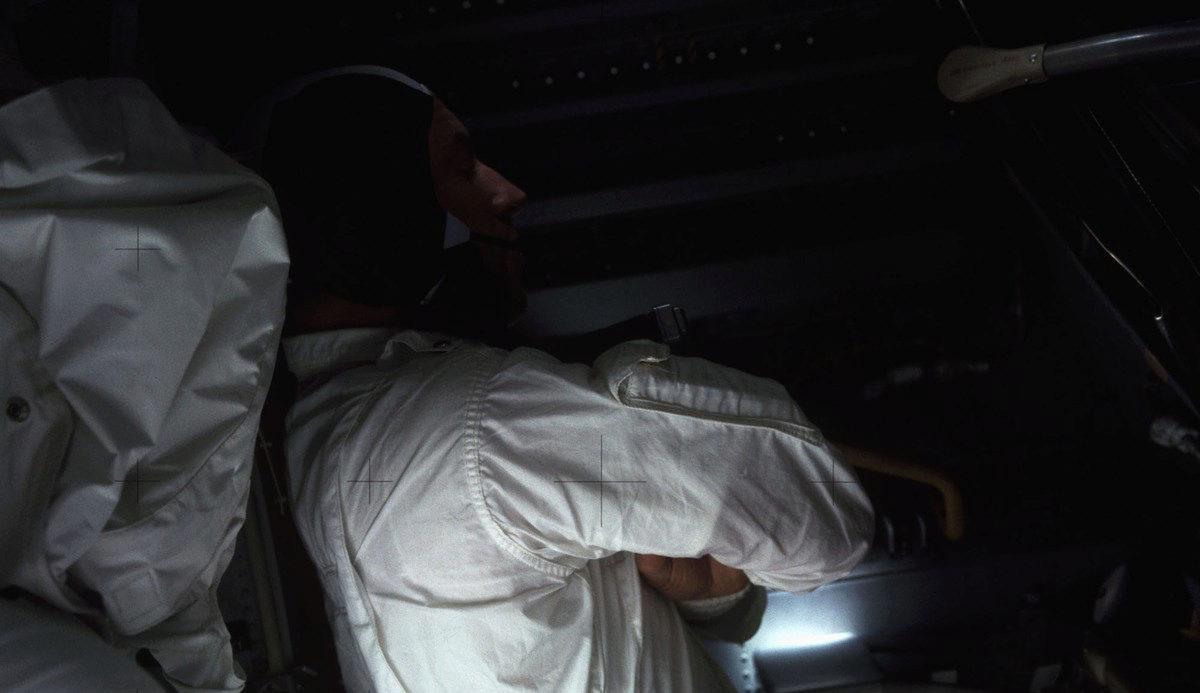
An additional problem was the astronauts now had a very limited amount of drinking water onboard because of the accident that occurred in the service module. To conserve water for the remainder of the mission, each astronaut would only drink 0.2 liters of water per day. Astronaut Fred Haise developed a urinary tract infection during the mission probably caused by the reduced water intake and the three astronauts lost a total of 31 pounds among them by the end of the mission.
Gardner: “Drinking water was normally produced when hydrogen and oxygen were combined to make electricity for the command module. Therefore, the astronauts would have plenty of water in a normal situation. But in this case, the water was gone, and the only source of water was the limited supply in the lunar module.”
Knight: “I think people knew immediately that the Co2 was going to be a problem – but it wasn’t a ‘this minute’ problem. It was going to be a problem when you ran out of the lithium hydroxide cartridges in the lunar module. But they had time to work on that. They had to figure out how can we take these square cartridges from the command module and run air through them in the lunar module.”
After a mid-course correction burn was completed manually and the CO2 problem had been solved, the crew was now approaching Earth and needed to power up the command module again to prepare for re-entry. This meant the command module had to separate from the lunar module (the lifeboat spacecraft) and the service module (where the technical failure had occurred). When the command module separated from the service module, the crew could see through the window that an entire panel had been blown off the service module. It was clear that a large explosion and much damage had occurred which brought another question that was out of everyone’s control: Was the heat shield damaged?
Knight: “The entry corridor is, if I remember correctly, 40 miles wide and 10 miles high at a certain altitude. And you need to be in that entry corridor to have them come down at the right place at the right time, and not either skip our or burn up. So, until they came out of blackout, I’m sitting there with my fingers crossed – I’m sure everybody else was too.”
Blackout took roughly two minutes longer than normal which added to the stress of those watching on Earth, but suddenly the most “beautiful” sight appeared in the sky. Three large parachutes had opened, slowly carrying down the command module to the Pacific Ocean, just 3.5 nautical miles from a rescue aircraft carrier - they had made it safely back to Earth.
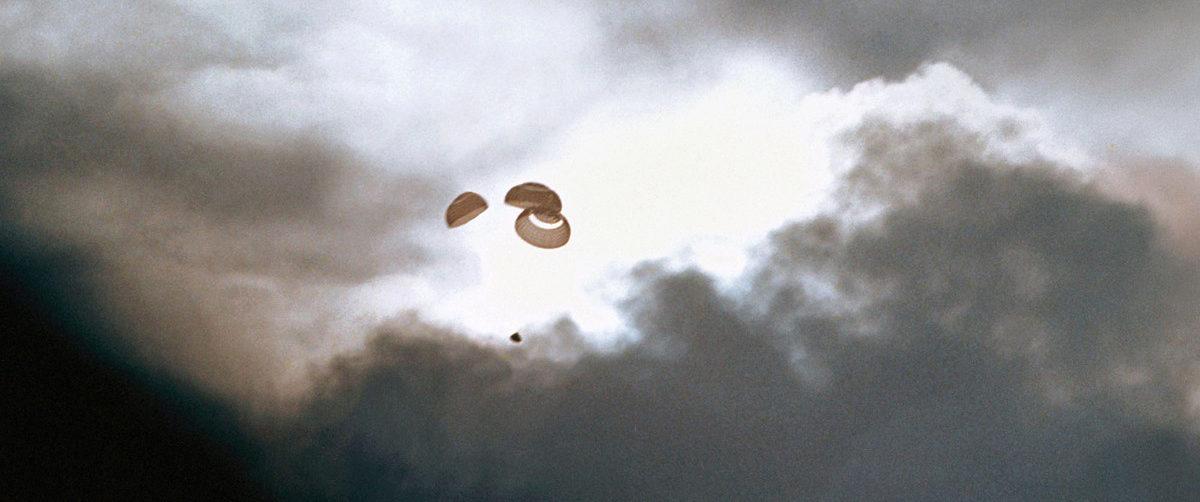
Gardner: “You had spacecraft that were not supposed to be together, controlled by the lunar module which was not supposed to control the stack, and you’re doing not only that long burn but you’re doing this mid-course correction that was essentially done manually which was unlike anything the crew had ever practiced. And, the crew had to essentially learn to do these things as they were doing them.”
After Apollo 13, Jack Knight continued on with NASA working on the remaining Apollo missions, Skylab, ASTP, and shuttle missions until he retired in 2006. Spencer Gardner worked in mission control for the remaining Apollo missions other than 17 and eventually became a lawyer and still practices today.
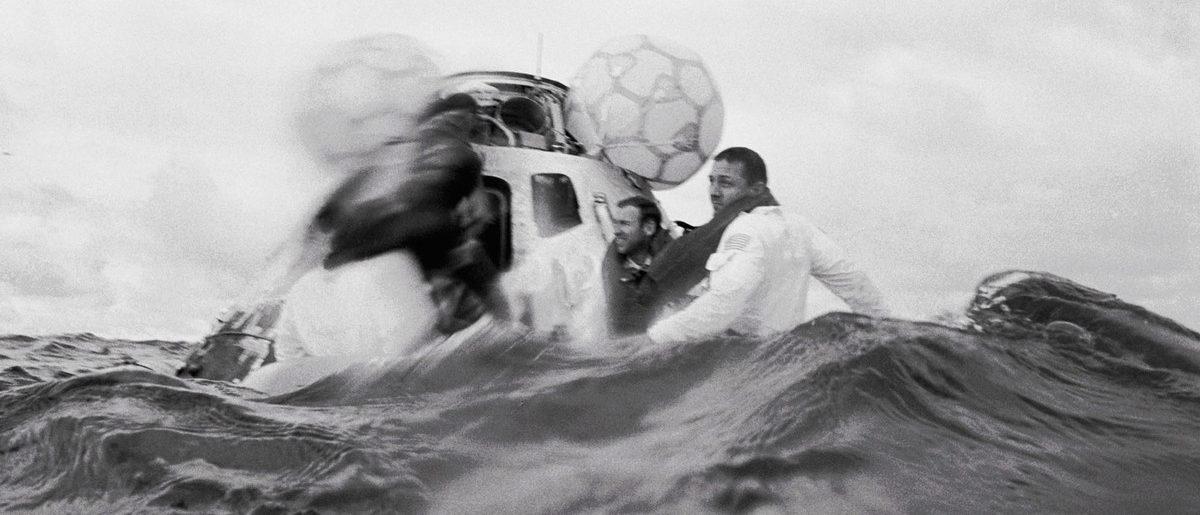
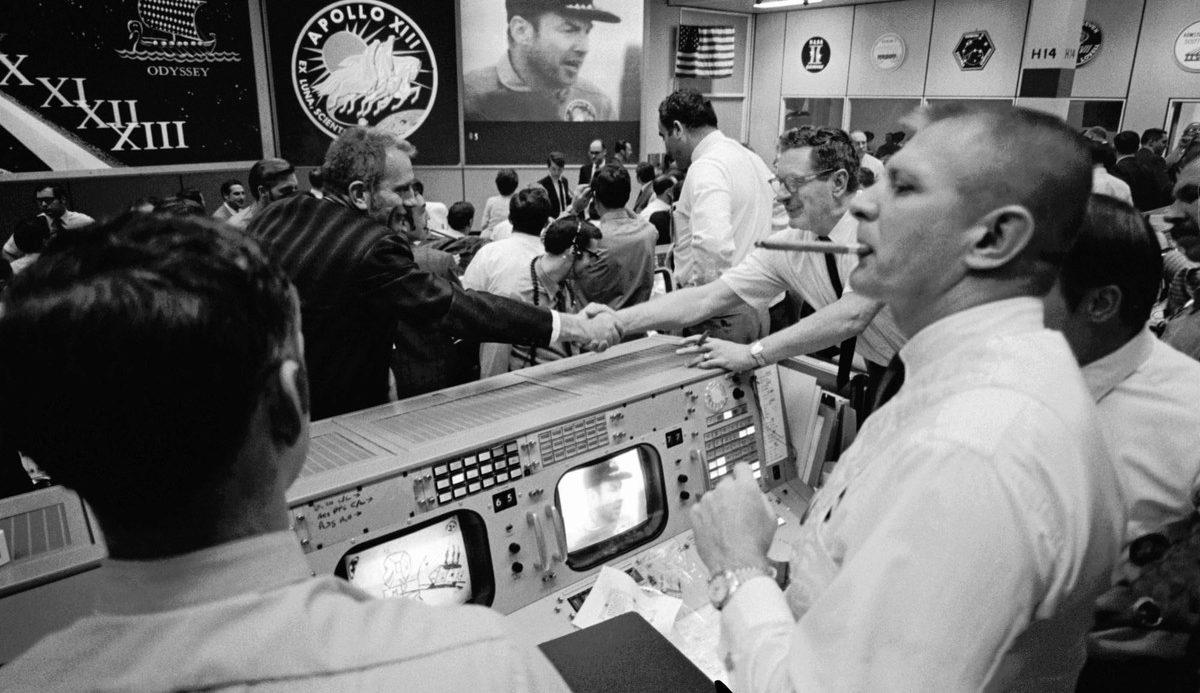
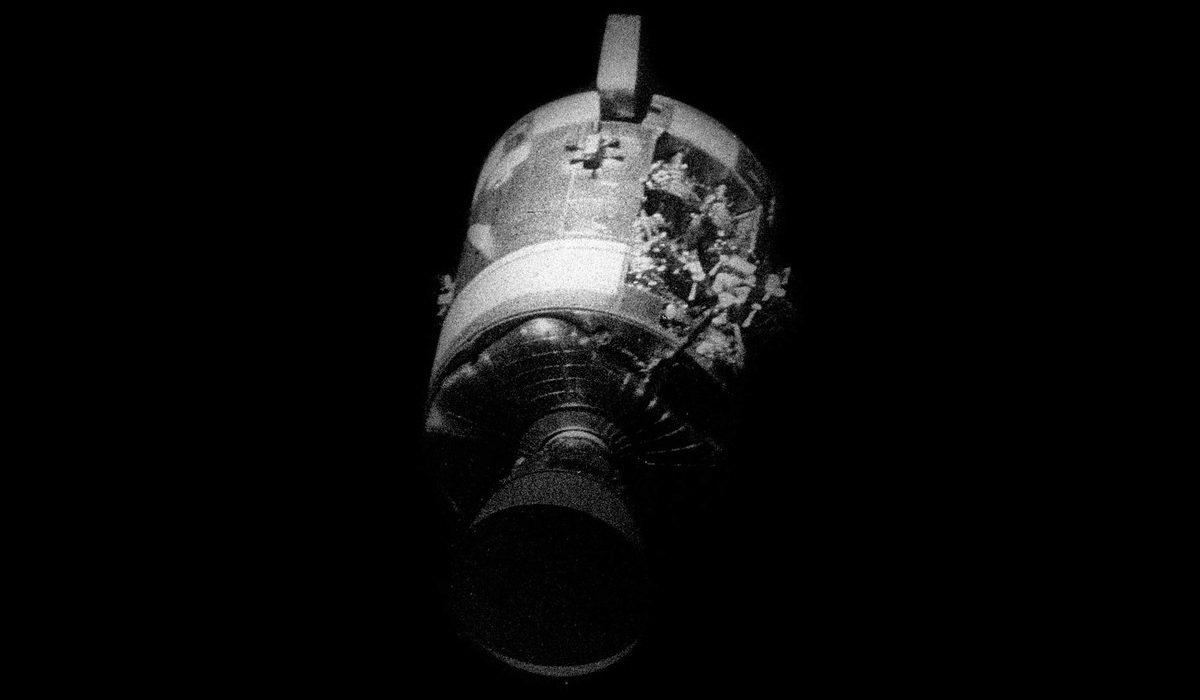
The College of Engineering in Space
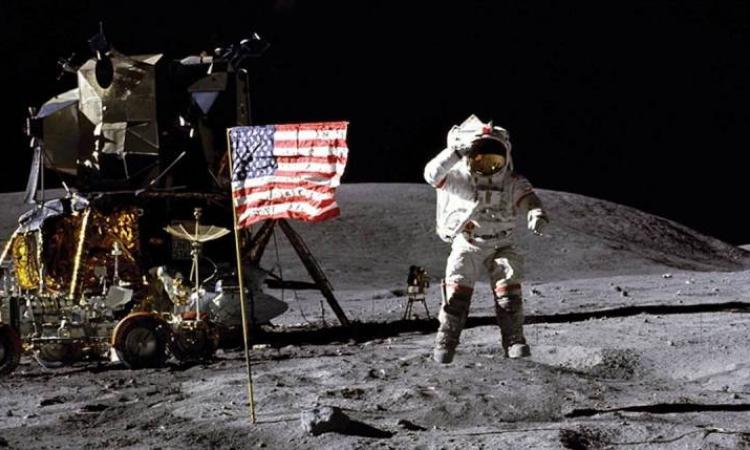
A Legacy Not Forgotten
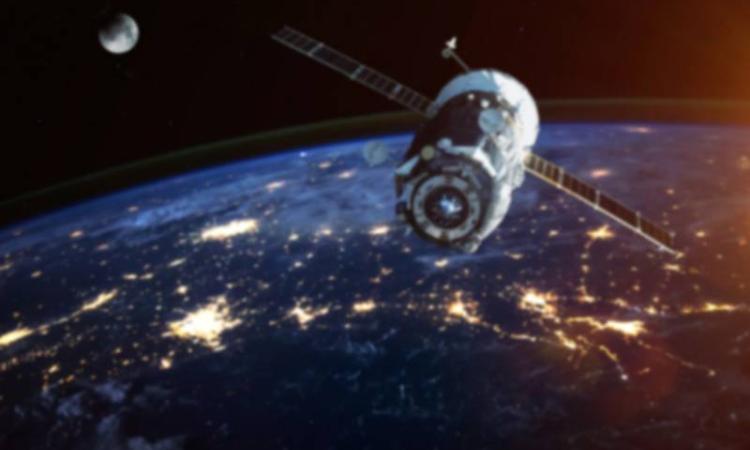
It Came From Outer Space with Brian Gunter

About Aerospace Engineering
